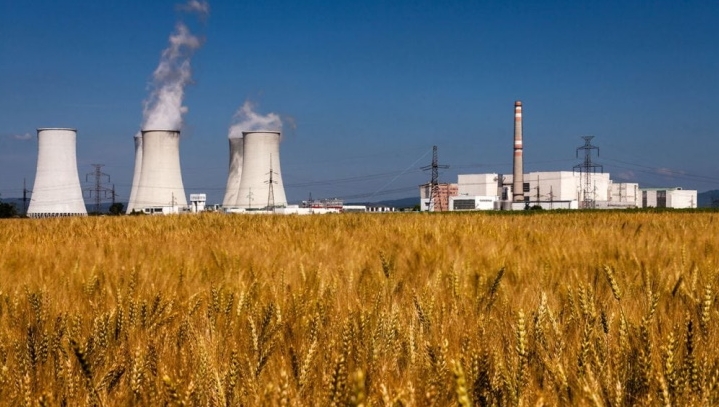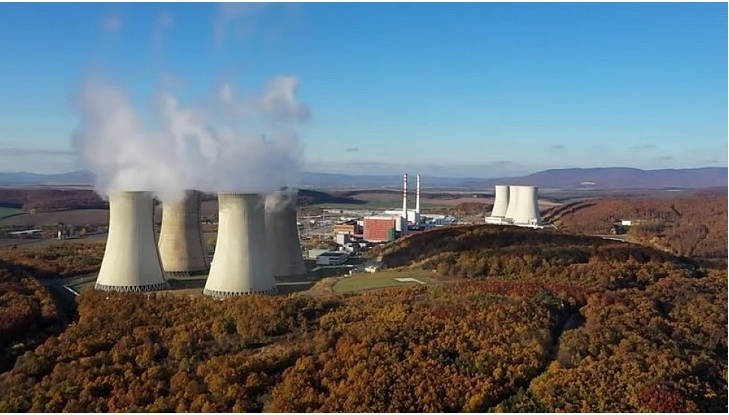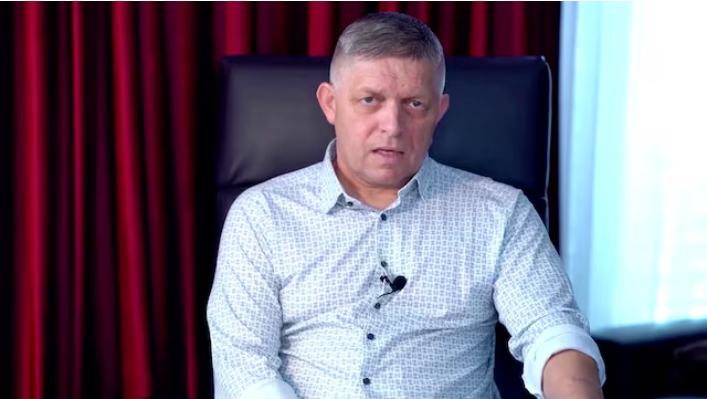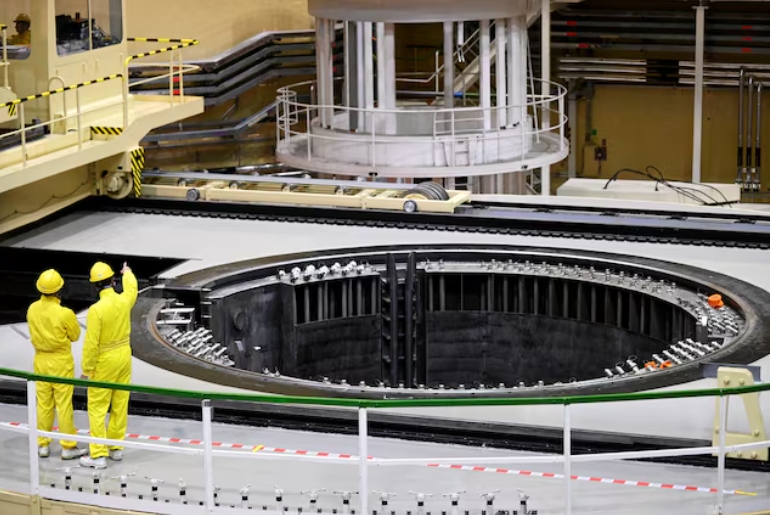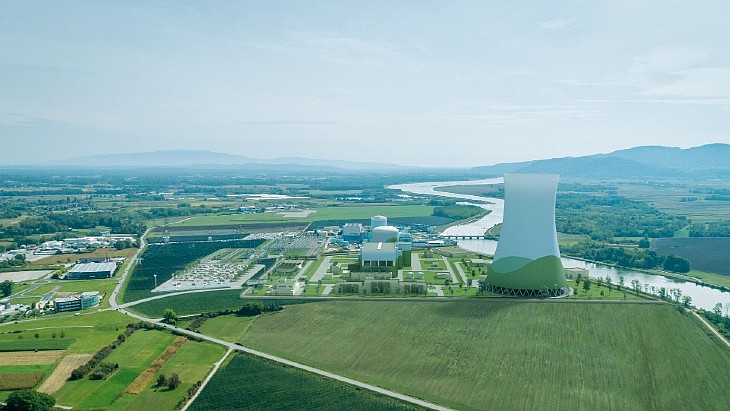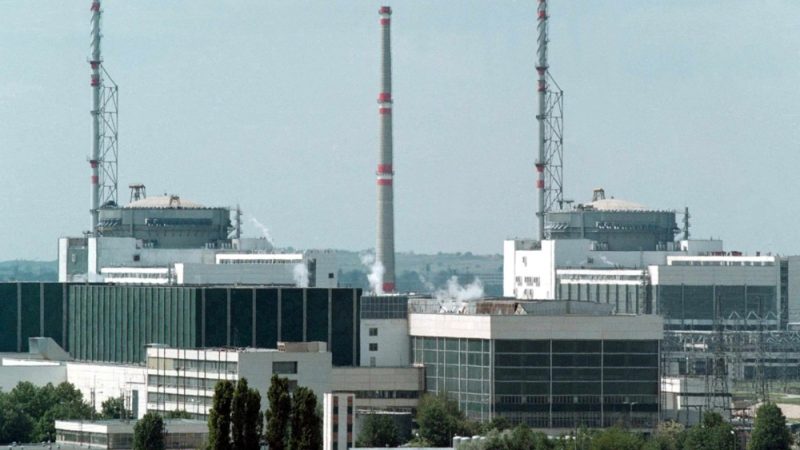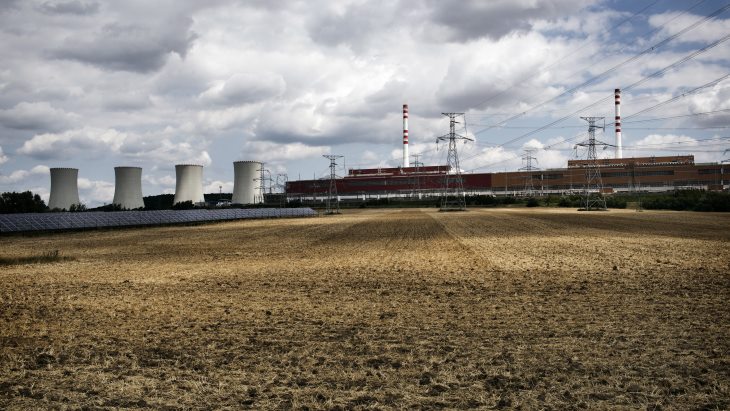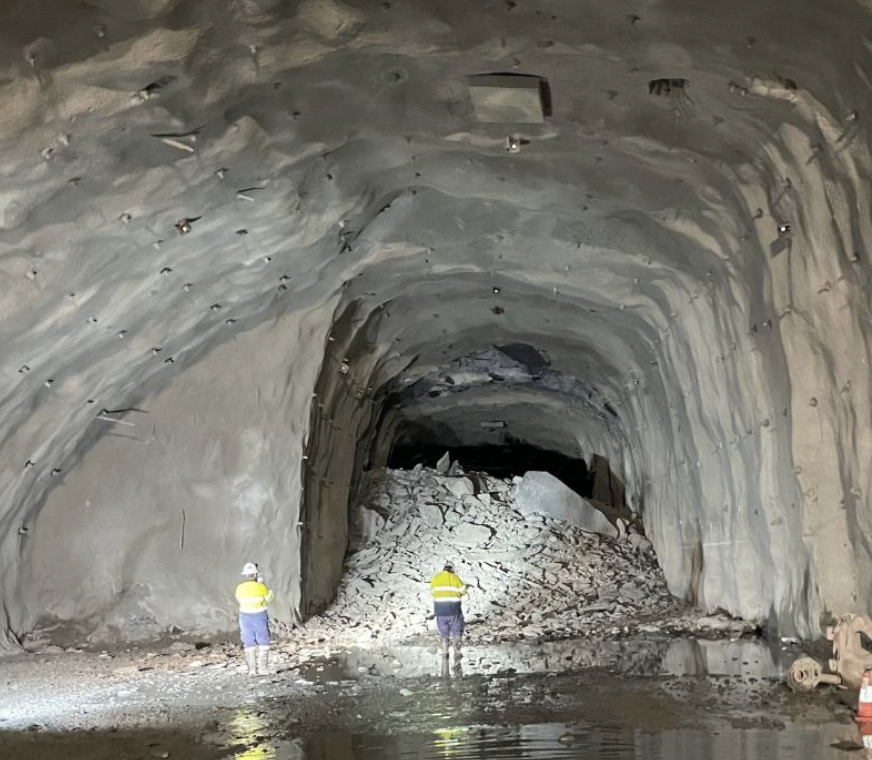
Snowy Hydro has announced a significant milestone for the Snowy 2.0 pumped storage hydropower project, as the final three meters of the power station's 223mlong transformer hall cavern crown have been successfully breached.
Initiated in June 2023, the Snowy 2.0 delivery team embarked on the excavation of the transformer hall and machine hall caverns, nestled approximately 800munderground at Lobs Hole in the Snowy Mountains. Upon completion, the machine hall will span 251m in length and 52m in height, while the transformer hall will extend to 223m in length and 46m in height.
The excavation process employs precise drill and blast methods to shape the curved cavern crowns, followed by the removal of rock, surface scaling to eliminate loose debris, and reinforcement using rock bolts and shotcrete on the exposed solid rock face. The excavation sequence of the cavern crowns accounts for the anticipated movements of the rock mass as the void increases.
To date, approximately 17,000 cubic meters of material have been excavated from the central heading of the transformer hall cavern crown, employing a systematic advancement in 3-4m rounds from both ends of the cavern through a total of 77 blasts.
The upcoming breakthrough of the machine hall cavern crown, along with the ongoing side slashing to widen both cavern crowns, is slated for the following weeks and months. The excavation activities for both power station caverns are scheduled to persist throughout 2024.
The successful breach of the transformer hall cavern crown marks a milestone for the Snowy 2.0 project, which is set to augment the existing Snowy Scheme by contributing an additional 2200MW of on-demand power and 160 hours of large-scale renewable energy storage to the National Electricity Market.
Expressing satisfaction with the project's progress, Snowy Hydro CEO Dennis Barnes stated: “The breakthrough of the transformer hall cavern crown is a really pleasing milestone for the Snowy 2.0 team, reinforcing that we’re making good progress with our underground drill and blast excavation activities. We are well on our way to delivering the largest single project that will help ensure Australia’s secure and reliable transition to renewable energy.”
